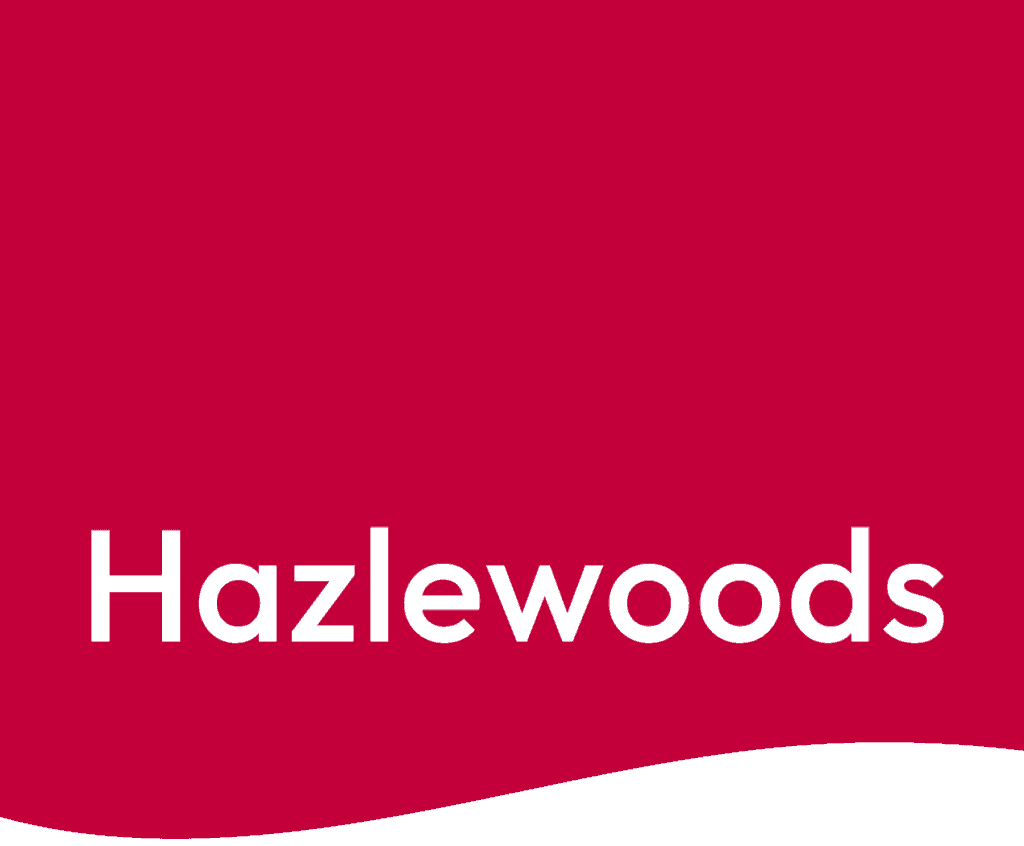Investigations are being launched by HMRC immediately – what should you do?
HMRC has issued a new Revenue & Customs Brief that could have significant implications for care operators who’ve implemented VAT restructuring through group arrangements. Specifically, the spotlight is on structures where state-regulated care providers (e.g. those registered with the CQC or equivalent UK bodies) form a VAT group with a non-state-regulated entity involved in the provision of welfare services.
This kind of arrangement has been increasingly adopted in the sector to improve VAT recovery on costs linked to exempt welfare services, particularly where services are funded by local authorities or NHS Integrated Care Boards (ICBs). But this new guidance signals a hard stop on such planning.
What’s the issue?
These VAT group structures often involve an unregulated entity inserted into the contractual supply chain between the state-regulated provider and the commissioning body (typically a local authority or ICB). While VAT-exempt services to private individuals remain unchanged, the restructured contracts have enabled some recovery of VAT where supplies are made to public bodies.
HMRC now considers these arrangements a form of tax avoidance. This means:
• new VAT group registrations involving such structures may be refused
• existing arrangements are subject to review, with HMRC using its Protection of the Revenue powers (under section 43C(1) VATA 1994) to remove entities from VAT groups where appropriate.
What does this mean for you?
If your organisation has adopted this kind of VAT restructuring, it’s vital to:
• Review your existing VAT group structure and any restructured supply contracts involving non-regulated entities
• Seek independent VAT advice to assess your exposure and next steps
• Prepare for potential HMRC enquiries — information requests are likely to focus on contractual flows, VAT recovery profiles, and operational rationale
The bigger picture
This move is part of HMRC’s wider efforts to clamp down on what it sees as avoidance within partially exempt sectors like care, health and education. Operators deemed to be using avoidance structures may also be flagged as high-risk taxpayers, subject to more frequent and in-depth compliance checks.
Our view
While these structures were originally implemented to bring VAT efficiencies to an otherwise exempt sector, care operators now need to act swiftly to ensure they’re not caught off guard.
If your organisation is using a structure that may fall within HMRC’s definition, or if you’re unsure, please get in touch. We’re supporting several care providers through this transition and can help assess your risk and respond to HMRC appropriately.






